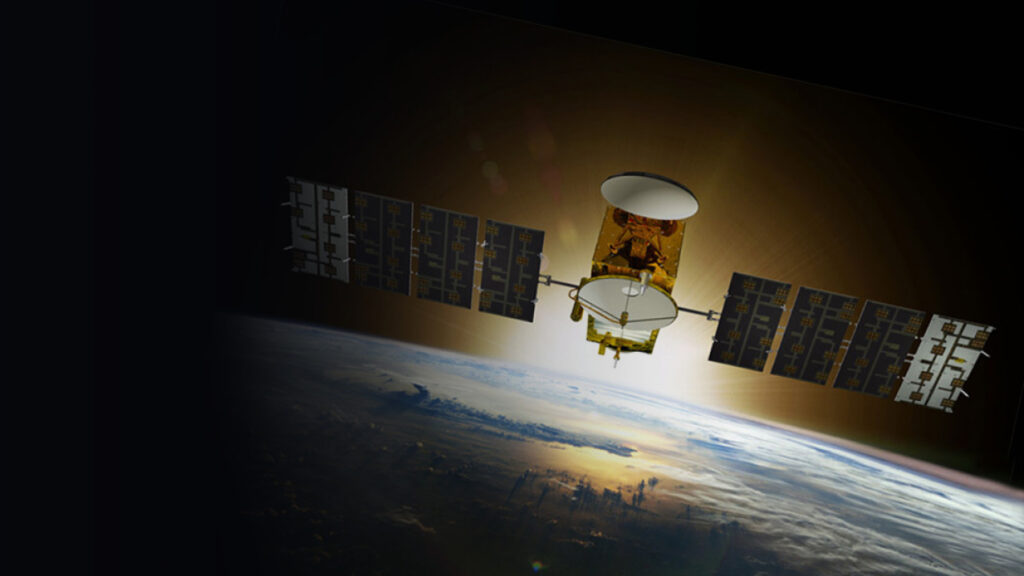Dr. Roy Spencer of the University of Alabama, one of the developers of the celebrated technique for measuring atmospheric temperatures using microwave sounding units on satellites and who blogs at drroyspencer.com, has written a paper for the Heritage Foundation discussing the issue of models versus observations. It’s a subject we frequently discuss ourselves here at CDN and we strongly recommend his essay to you. Spencer begins by making a fascinating point of which very few people seem to be aware: the core of the climate issue is a supposed energy imbalance in the atmosphere caused by greenhouse gases but, as nearly as anyone can figure, the imbalance is smaller than the measurement error of the system used to measure it. From there, the standard treatment switches to model projections based on models that have the recurring habit of producing too much warming based on data that’s essentially just random noise and programmers’ assumptions that there must be warming anyway.
Spencer explains how adding GHGs to the atmosphere changes the balance between energy leaving the planet to space versus the amount incoming from the sun. Standard calculations say the imbalance from GHGs amounts to about 0.6 Watts per square meter, but the satellite system deployed to measure energy flows in the atmosphere is only accurate to a few Watts per square meter. So we’re starting from a change that’s very small. Too small, in fact, to be detected with any confidence whatsoever.
Then, Spencer notes, the next problem is that climate models are all programmed to maintain energy balance and temperature, meaning nothing ever changes unless an outside “forcing” causes it. In the climate models, unlike the real world, climate is inherently, powerfully static. In the absence of human GHG emissions the world would have the same climate year after year, century after century, with only minor variations due to volcanoes or solar fluctuations. As they write, “the models assume that all climate change is unnatural”. Which is absurd if you know anything about the history of the Earth.
It explains why models can never “prove” greenhouse gases cause climate change: the assumption is built in that all change is unnatural so they compare any real-world data to a ludicrous counterfactual scenario and say “Gotcha!” Since the historical and prehistoric record shows that the climate varies all the time without “forcing” from GHGs or other external causes there must be at least one source of natural variation in the climate system that models ignore, and probably a host of them.
This deliberate monomania by design makes the models overinterpret and hence overpredict. Thus Spencer then reviews the data showing that models over-predict warming and shows it in the surface record after 1979:

and the troposphere record:

He also shows that US summertime temperatures from 1973 to 2022 in the 12-state US corn belt rose less than what was predicted by every single climate model available. This comparison is particularly useful for debunking the claims of coming damages to US agriculture under climate change, which are based on models known to exaggerate observed growing season warming, in some cases by as much as 7-fold.
Spencer discusses some possible reasons why models are getting things so wrong. With commendable scientific humility of the sort dogmatic alarmists far too rarely display, he doesn’t claim to have a definitive answer. But it’s a crucial question and with so much evidence of warming biases in all the models you’d think the climate modelers themselves would be working on it. Or maybe you wouldn’t, because after so many decades of biased results leading to fame and fortune for the scaremongers, there doesn’t seem to be any downside to running models that warm too much.



Or perhaps the models don’t take into consideration the fact that entropy only tends toward disorder
If the universe is expanding the volume must increase and the density wane (also known as cooling) so the sine wave pattern of global cooling was established long before the left needed more taxes to sustain their fascists.
Model often dont include the impact of aircraft. 911 air temp readings indicate a significant impact. Infrared and surfaces that absorb or reflect are not factored in. Ice melt cannot occur at negative 30 C. But nearby rocks can absorb infrared and heat to positive.
Mt Erebus is responsible for the antartic ozone hole. Global thining is more like to be due to jets using high altitude oxygen.
Oxygen plus UV = Ozone.
Models seem to be shaped around the desired outcome.
But we can certainly be sure that about 0.5 ZJ of waste heat is being dumped into the lower troposphere and ocean waters every year. That’s about 20 ZJ in the last 40 years . It takes 3 ZJ to warm the atmosphere 0.5 C.